Home Page
Final Fantasy VII was a massively successful title. It’s the game that inspired the massive popularity of many of the follow-up games in the Final Fantasy Series, including being the first to spawn a complete remake decades later. Most players would consider it one of the best games in the series and one of the greatest games ever created.

A poll conducted by the Japanese gaming magazine Famitsu listed Final Fantasy VII as the second-best game in their compilation of the “Top 100 Favorite Games of All Time,”. In 2005, users of GameFAQs.com listed Final Fantasy VII as “The Best Game Ever” and it managed to place second on the list much later in 2009.
The story begins with the protagonist, Cloud Strife, Team AVALANCHE, made up of Barret Wallace, Tifa Lockhart, Biggs, Wedge and later Aeris Gainsborough, Red XIII and Cid Highwind. Their goal is to take down Shinra Company, an organization responsible for Mako mining projects that are slowly destroying the planet (Gaia).
The Turks, a group working for the Shinra Company, kidnap Aeris after learning about her past and take her to the Shinra Building in Midgar for testing. A rescue operation to retrieve Aeris fails and the entire AVALANCHE team is thrown into Shinra Co.’s prison cells.
They manage to make a miraculous escape, though, as most of the Shinra Soldiers in the building are killed by a mysterious ‘man in black,’ presumed by Cloud to be his former SOLDIER teammate, Sephiroth. The game follows the story of Cloud and his companions as they track down Sephiroth and attempt to save the world from Sephiroth’s awe-inspiring powers.
According to Square Enix, there were initially no planned remakes of Final Fantasy VII, but there were a number of spin-offs from the series, including Before Crisis: Final Fantasy VII, Final Fantasy VII: Advent Children, Dirge of Cerberus: Final Fantasy VII, Crisis Core: Final Fantasy VII and a host of others.
The number of references to FFVII in other games, including games in the Final Fantasy series, and the sheer number of players that list this game as one of their favorites ensure that the legacy of Final Fantasy VII will live on for many, many years to come!
Review
Final Fantasy VII is undeniably one of the best games ever made. It is one of my favorite games and the one I enjoyed most in the series, but to be fair, I haven’t played Final Fantasy VI (which many fans of the Final Fantasy series claim to be the best title in the franchise).
Putting aside the back-and-forth over which of the two games is the best, there is no doubt regarding the impact that Final Fantasy VII has had on the RPG genre and the gaming community as a whole.
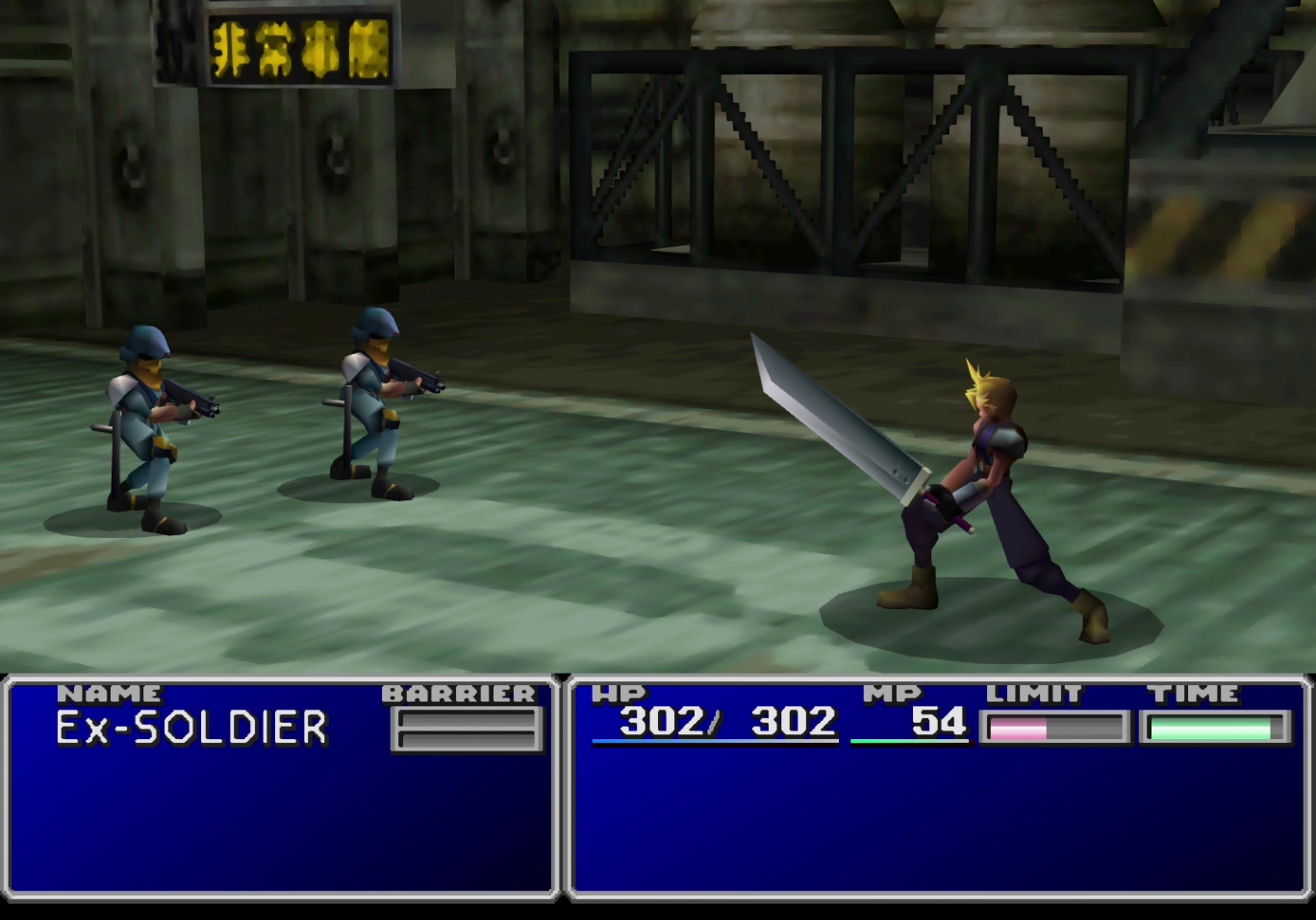
The reason why Final Fantasy VII is considered such a great game has to do primarily with the story (as well as the music). The main plot doesn’t stray too far away from your typical sci-fi adventure; a young, relatable main character joins a team of misfits on an adventure to save the world.
However, the Final Fantasy series has an interesting way of blending elements of fantasy fiction with futuristic components to create a unique world and setting (which is officially referred to as Gaia in follow-up games in the FFVII franchise, although it is only referred to as “planet” within this title itself).
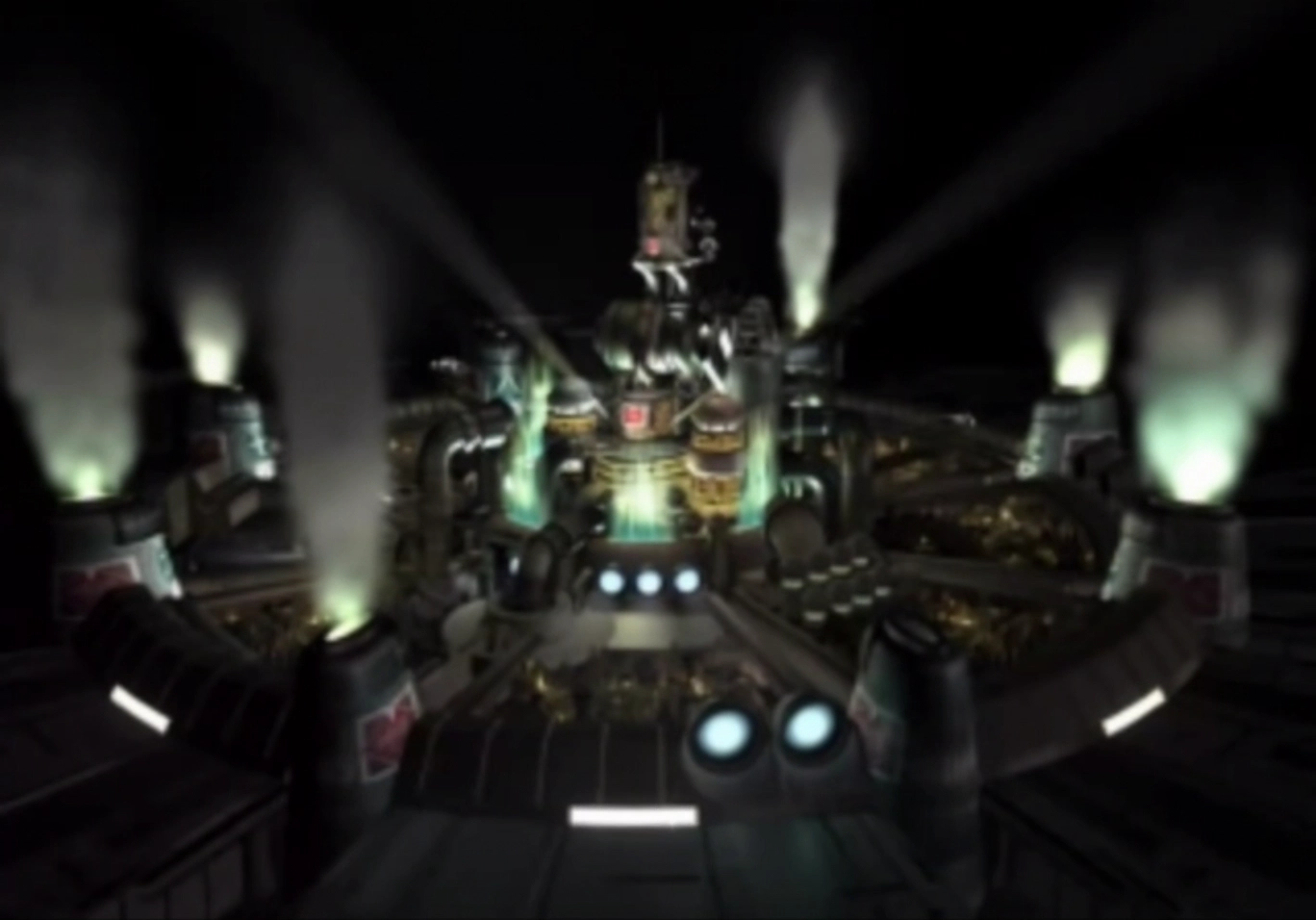
The story begins in the vast industrial town of Midgar. It’s dark, damp, and dreary, and the atmosphere does a great job of giving the player the feeling that they are trapped in a dystopian, technology-driven, and bleak world.
The story takes a massive turn after the team escapes from the Shinra Building. The narrative moves from a single town to a story that unfolds across an entire game world, and this is where many gamers become permanently drawn into the world of Final Fantasy VII.
The detail put into each of the backdrops and the world map is fantastic, and there is enough character development around each of the main cast to keep you vested in the story. All except for a few… Final Fantasy VII has two optional/secret characters that players can obtain during a regular playthrough: Yuffie Kisaragi and Vincent Valentine.
They are incorporated fairly seamlessly into the story if you obtain them—Vincent’s story is a little bit harder to follow-up on (finding Lucrecia’s Crystal Cave is not easy), however, it is almost impossible to complete a playthrough without running into Yuffie or her hometown of Wutai. But did you notice that neither Yuffie nor Vincent appear in any of the full-motion cinematic videos (FMVs) that occur throughout the game?
Final Fantasy titles typically include a couple of wacky, non-human characters. There are no issues with the addition of Red XIII (a talking mutant feline), but Cait Sith is a terrible character that no one in their right mind would use any more than required to complete the game. He feels tacked on and out of place, but my biggest issue with his character has to do with a few scenes in the Temple of the Ancients. *Spoiler Alert* Cait Sith kills himself to obtain the Black Materia from the Temple and then reappears very shortly after in a “new body.”
It’s hard to be immersed in a story and feel any sympathy for a character like Cait Sith when he can reappear in a new body if anything happens to him. Everything that he is involved in from that point onward is inconsequential. Send him into every battle by himself—who cares if he gets killed? He can reappear in another new body. Was no one else bothered by this? Maybe it was just me…
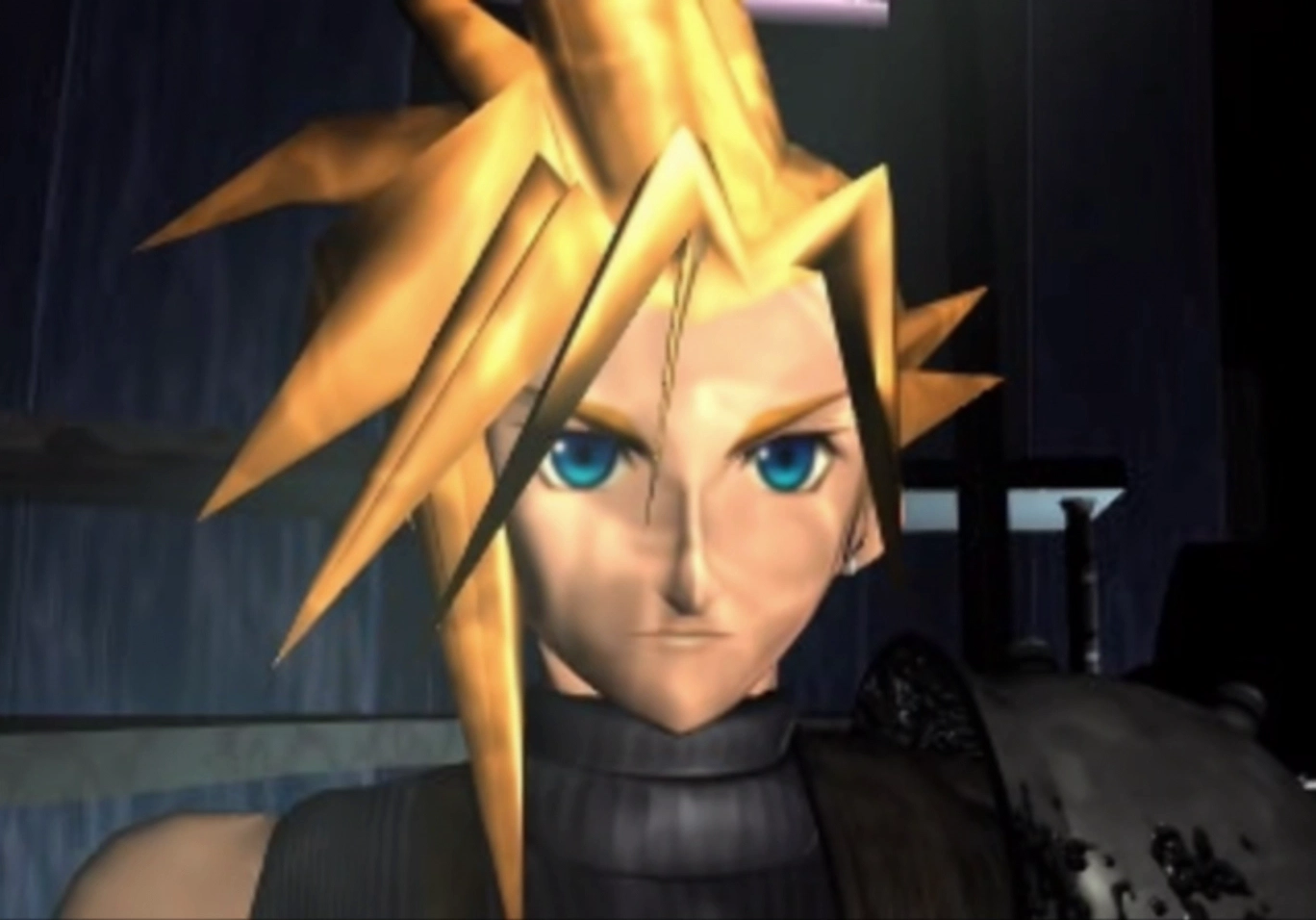
The character that stood out for most gamers was the primary villain and antagonist of the story, Sephiroth. The writers did an excellent job of creating a villain with a compelling background story. His story is deep enough that at specific points of the game you find yourself sympathizing with his situation.
The story structure is an element of the game that the game designers executed better than almost every other Final Fantasy title. Final Fantasy VIII and Final Fantasy IX had final bosses and villains that appeared out of thin air and weren’t involved in the majority of the plot (of each respective game).
Final Fantasy X almost had the same issue, but they did spend some time adding clarity around who (or what) Sin was and tying it back to Tidus’ story.
Sephiroth is the character that leaves a lasting impression. From the first interactions early in the game where he and the main characters are friends, to watching him slowly go mad from the realization of who and what he is, to the final battle against him in the core of the planet (specifically, the very last scene). Creating an effective antagonist and doing so as well as the game writers did is not an easy task, and I commend them for what they were able to accomplish.
The background music, composed by none other than Nobuo Uematsu, is top-notch. Nobuo Uematsu composed the music for most of the previous Final Fantasy titles, as well as many to follow. He is considered one of the most famous and well-respected composers of video game music and this title stands as a testament to his skills as a composer. It left a lasting enough impact on me during my first playthrough that I bought the original soundtrack and still have many of the tunes permanently etched into my brain.
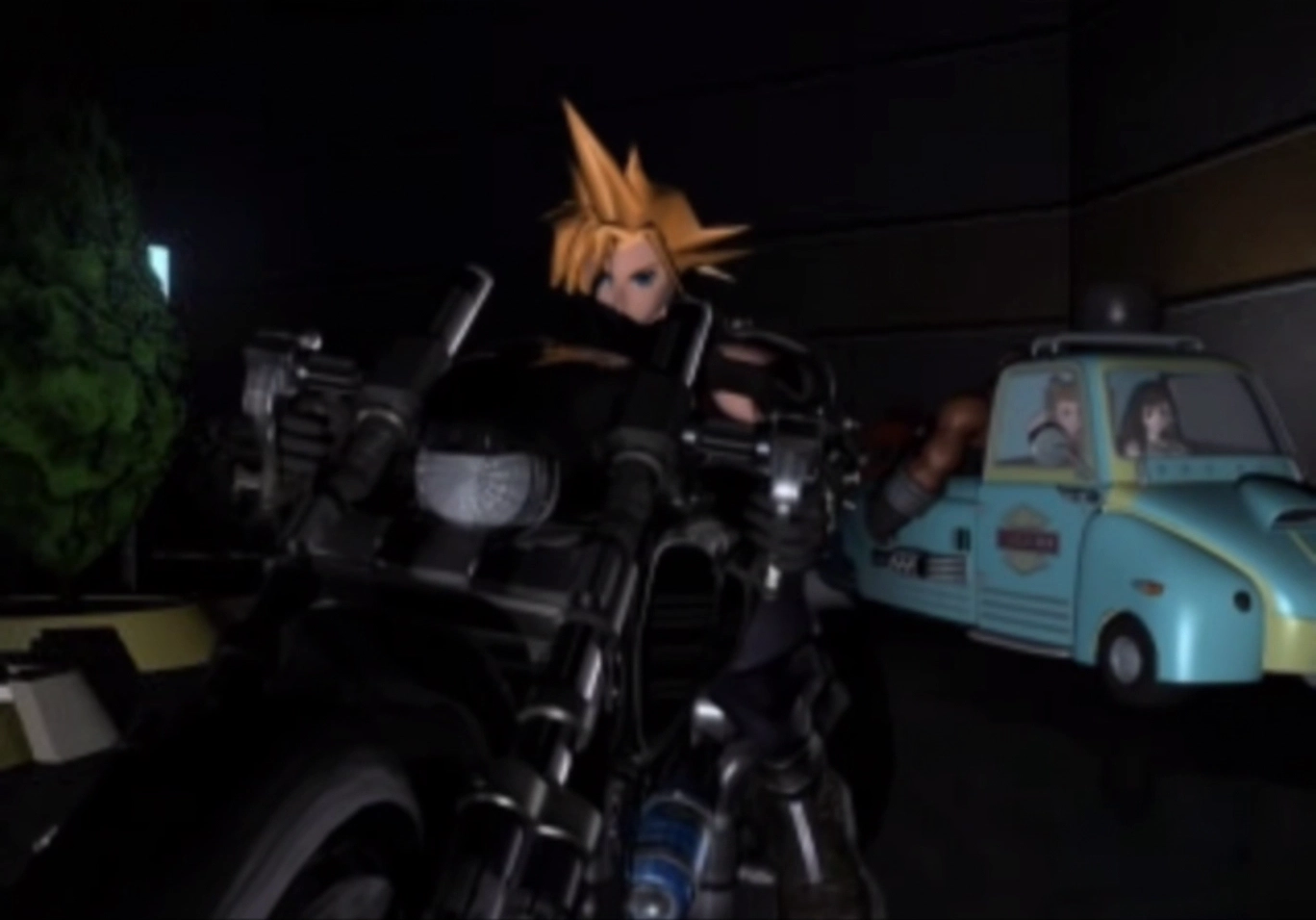
However, make no mistake—despite my affection for the game and its numerous awards and accolades, there are some glaring flaws and issues.
For example, this was the first Final Fantasy game to transition to a 3D-style environment with pre-rendered backgrounds, and this transition was not flawless. The graphics have aged poorly (to say the least), and many new players and fans of the franchise who return to play (or replay) older games in the series will comment on how the graphics appear terrible.
There are also numerous bugs and unfinished areas in the game. There is a whole section on the Final Fantasy Wiki detailing areas of the game that the developers removed, or rather, dummied-out, so that players could no longer access them during a regular playthrough, yet they are still visible in the game’s code.
There are misspellings galore (which I identify as one comes across them in the walkthrough section) and numerous items that have no use (including the ![]() Tissues received from Battle Square and the
Tissues received from Battle Square and the ![]() 1/35 Soldiers that can be obtained in Junon). There is also nothing more irritating than having to hold the “Cancel” button to run throughout the entire game; completely unnecessary.
1/35 Soldiers that can be obtained in Junon). There is also nothing more irritating than having to hold the “Cancel” button to run throughout the entire game; completely unnecessary.
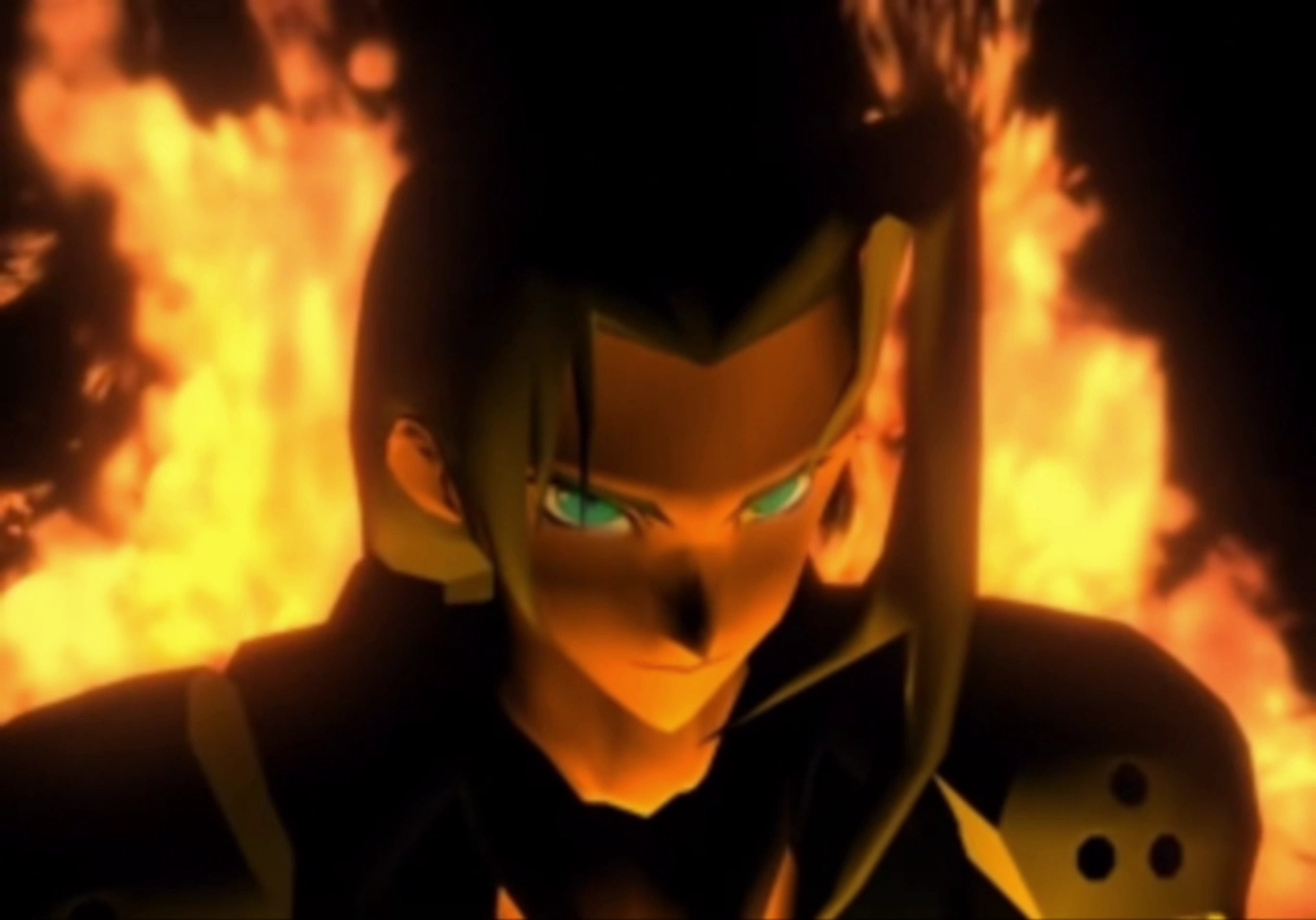
The Materia system was straightforward, with a relatively quick learning curve, yet complex enough to allow players to use a wide range of different strategies and Materia combinations.
There was also a lot of end-game content to explore before the final battle against Sephiroth, so the replay value for the game is relatively strong. I have played through it at least 10 times and I continue to enjoy each playthrough.
The number of remakes, additions, and prequels to come out of this game is enormous. It is one of the strongest (if not the strongest) titles in the Final Fantasy series. I recommend that you give this game a try if you have never had a chance to play it. This game will remain a timeless classic, and its impact on RPGs will continue for years to come. Overall score: 10/10.
